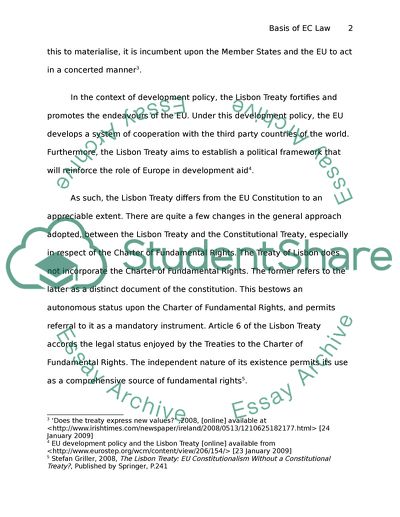Cite this document
(The Legal Foundations of EC Law Term Paper Example | Topics and Well Written Essays - 2500 words - 2, n.d.)
The Legal Foundations of EC Law Term Paper Example | Topics and Well Written Essays - 2500 words - 2. Retrieved from https://studentshare.org/law/1719775-law
The Legal Foundations of EC Law Term Paper Example | Topics and Well Written Essays - 2500 words - 2. Retrieved from https://studentshare.org/law/1719775-law
(The Legal Foundations of EC Law Term Paper Example | Topics and Well Written Essays - 2500 Words - 2)
The Legal Foundations of EC Law Term Paper Example | Topics and Well Written Essays - 2500 Words - 2. https://studentshare.org/law/1719775-law.
The Legal Foundations of EC Law Term Paper Example | Topics and Well Written Essays - 2500 Words - 2. https://studentshare.org/law/1719775-law.
“The Legal Foundations of EC Law Term Paper Example | Topics and Well Written Essays - 2500 Words - 2”, n.d. https://studentshare.org/law/1719775-law.


